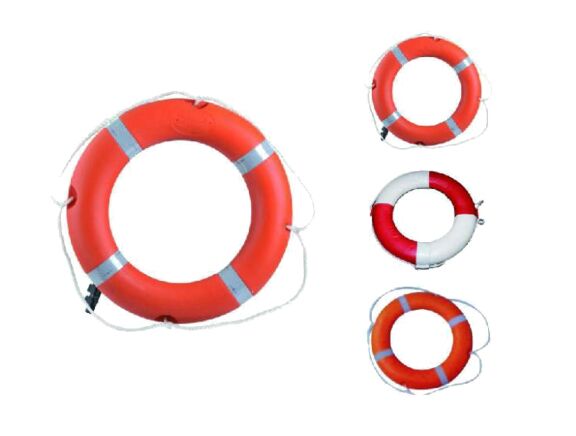About product
A marine lifebuoy ring, also known as a life ring, is a life preserver designed to comply with the 1996 Amendment to the International Convention for the Safety of Life at Sea, 1974 (SOLAS74/96). It is typically constructed using lightweight materials such as cork, foam, or other materials with a small proportion. The lifebuoy ring may feature a casing made of canvas, plastic, or other suitable materials. It must adhere to the regulations outlined in the International Lifesaving Equipment Code (LSA) and the Maritime Safety Council Resolution MSC.81(70) set by the International Maritime Organization (IMO). The purpose of a lifebuoy ring is to provide buoyancy and aid in water rescue operations, ensuring the safety of individuals in emergency situations at sea.
- Recommended to have reflective materials for enhanced visibility.
- Water-resistant materials for buoyancy and prevention of degradation.
- Resistant to temperature variations without compromising integrity.
- UV-resistant coatings or materials for prolonged exposure to sunlight.
- Constructed with corrosion-resistant materials for saltwater environments.



